San Antonio Winery
1917
737 Lamar Street – map
Declared – 9/14/66
After just a few minutes at the San Antonio Winery, you’ll realize its Historic-Cultural designation is the result of the institution being the last remaining winery in the city of Los Angeles rather than for the very few remaining physical vestiges of the winery’s founding ninety years ago.
1917
737 Lamar Street – map
Declared – 9/14/66
After just a few minutes at the San Antonio Winery, you’ll realize its Historic-Cultural designation is the result of the institution being the last remaining winery in the city of Los Angeles rather than for the very few remaining physical vestiges of the winery’s founding ninety years ago.
Santo Cambianica established the San Antonio Winery in 1917, five years after he emigrated to California from Northern Italy. The winery was located in what was then the “Italian District” in Lincoln Heights. Cambianica named his business after Saint Anthony, of Padua, Italy, patron saint of lost items, asses, and both sterility and pregnant women.
"This was the First Press uses in our winery. It was built about 1890 and originally operated by hand." (It operated what by hand? - ed.)
Prohibition knocked out a good chunk of Southern California’s some ninety wineries, but San Antonio stayed in business by producing altar/sacramental wines (which it still does).
An onsite history of text and photos names the winery’s patriarch and matriarch as Stefano Riboli (Santo’s nephew, arriving to the U.S. in 1937) and Maddalena Satragni. They married in 1946.
The winery claims they instituted what may have been the first wine-tasting room in California. That was in the early 1950s.
The current building was built by O’Leary and Temesawa in 1968.
An early shot of the winery.
Side note: California’s – and, probably, the United States’ – first commercial vineyards were begun by Frenchman Jean-Louis Vignes in the 1833, on 104 acres near where the San Antonio Winery is today.
A later - but still early - shot of the winery.
The Lamar Street winery is still at its original location (San Antonio also produces wine in Paso Robles), although the original buildings are long gone. Today, you can get a free tour of the place, along with a non-free meal at Maddalena Restaurant.
And Floyd B. Bariscale is nothing if not a supporter of local businesses...
Up next: California Club Building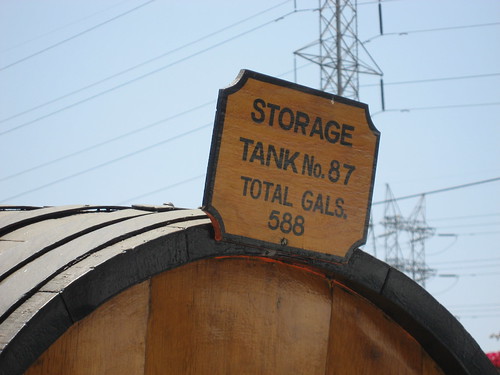
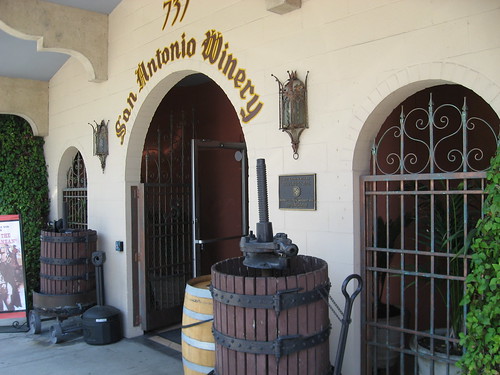
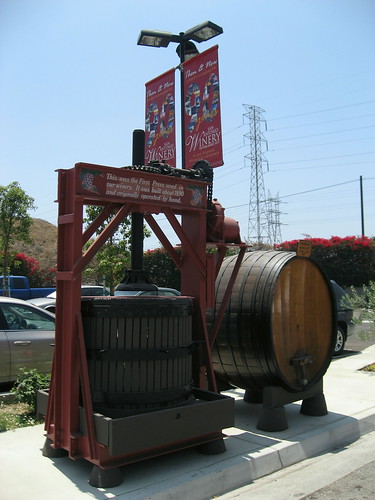
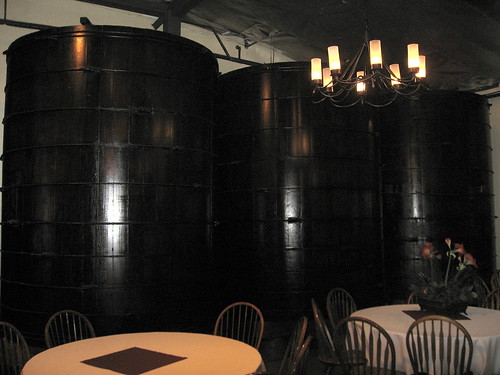
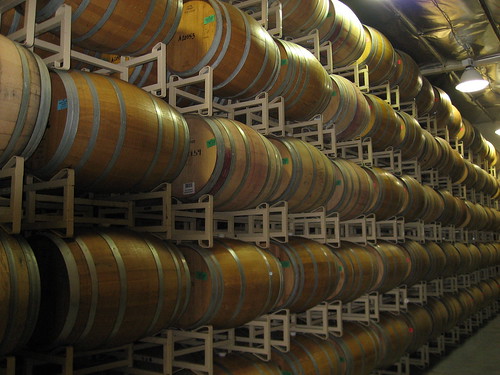
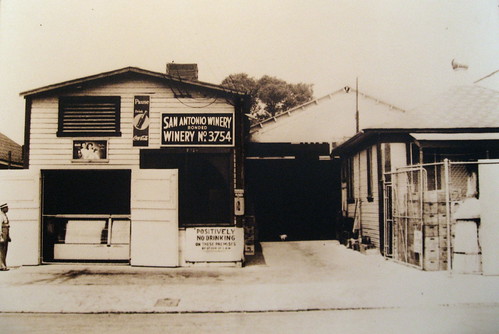
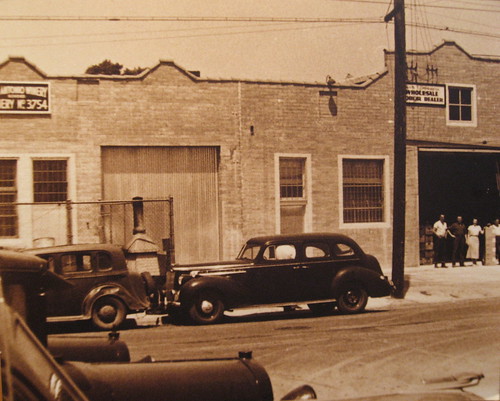
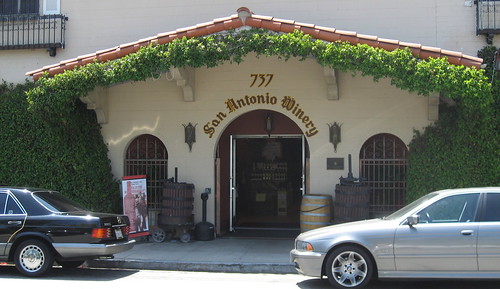

I need to hit this on one of our urban hikes. But did you really drink wine with a straw? Really?
ReplyDeletegc, I wouldn't make a special trip here just to see what's going on. You'll want to make reservations for a meal, take a quick tour, and hit the gift shop, though.
ReplyDeleteAnd, yes, if I've learned anything from dating tooth models ('toodels', in the trade), it's to drink wine (and coffee) through straws to slow the staining process. Plus, I get ripped a lot faster.